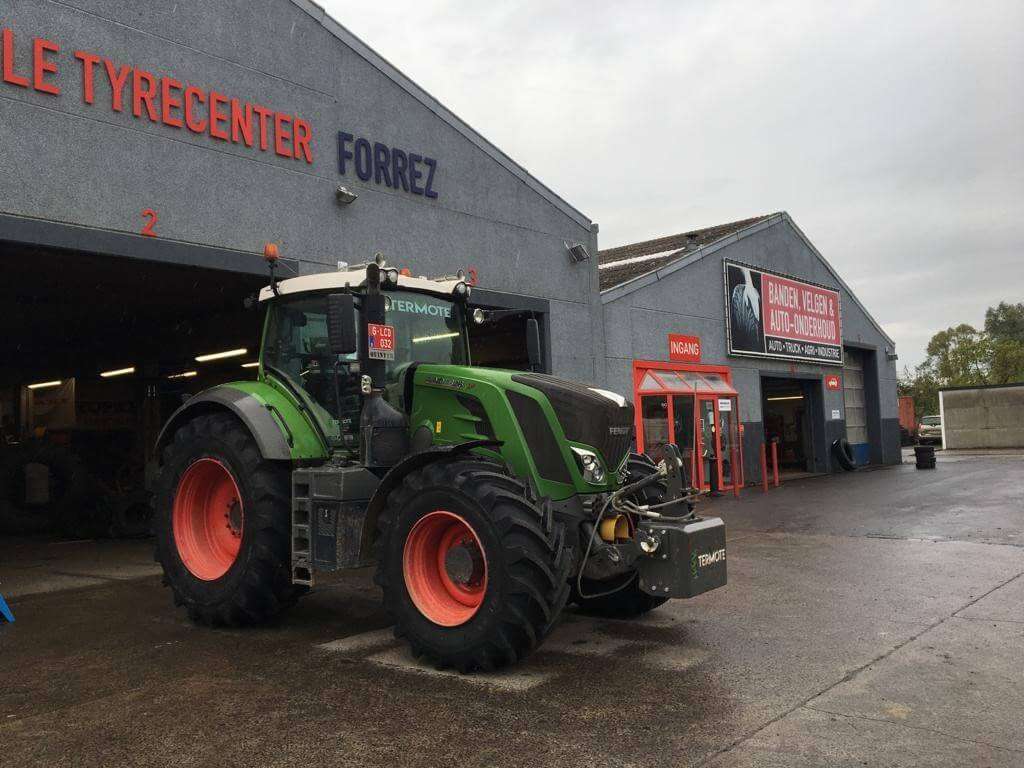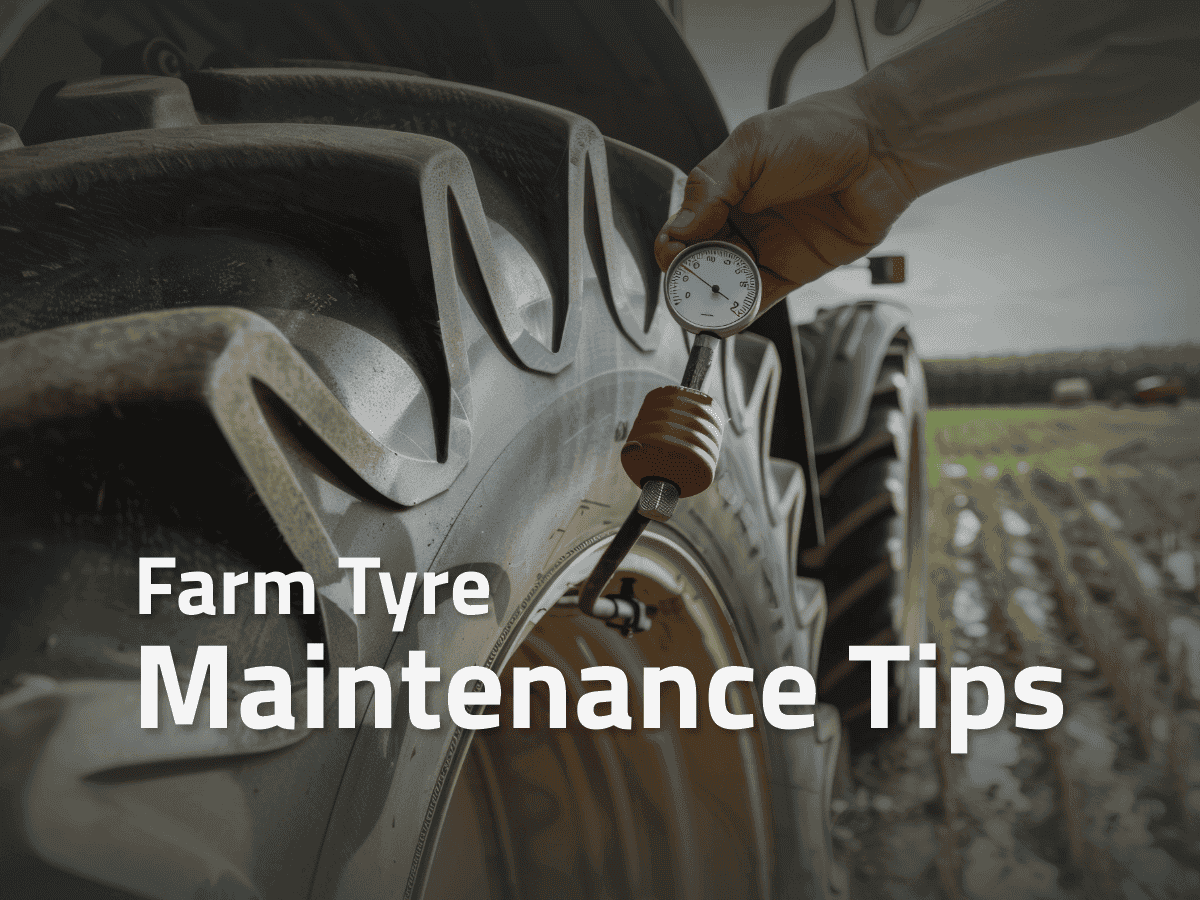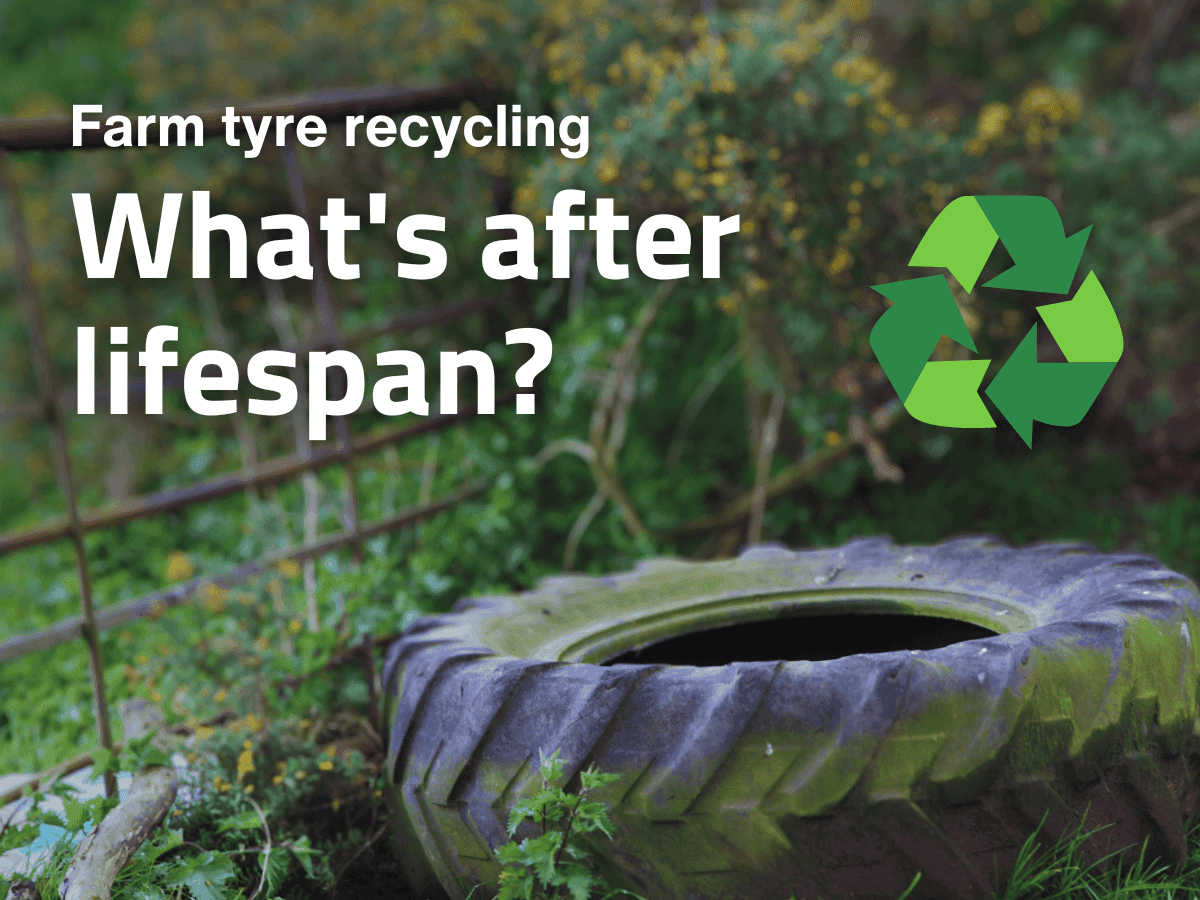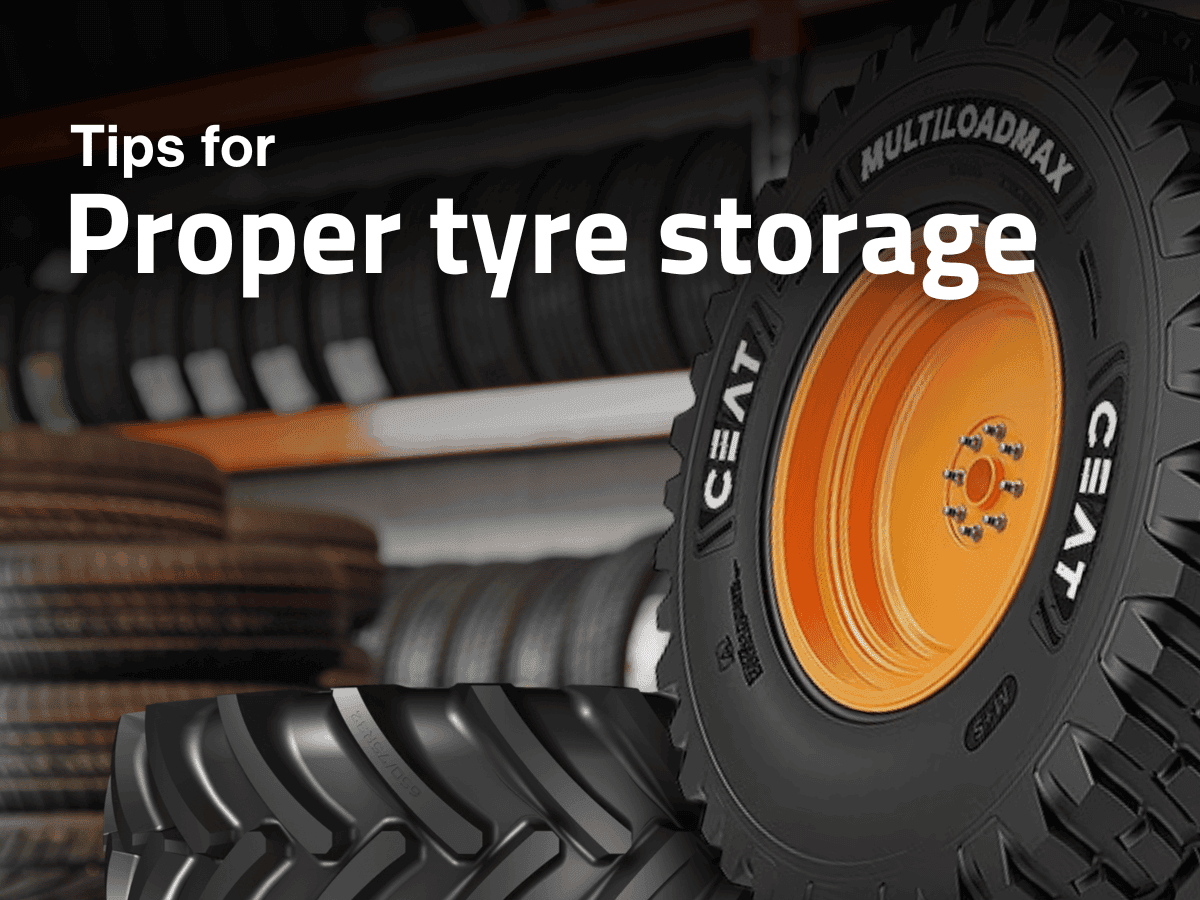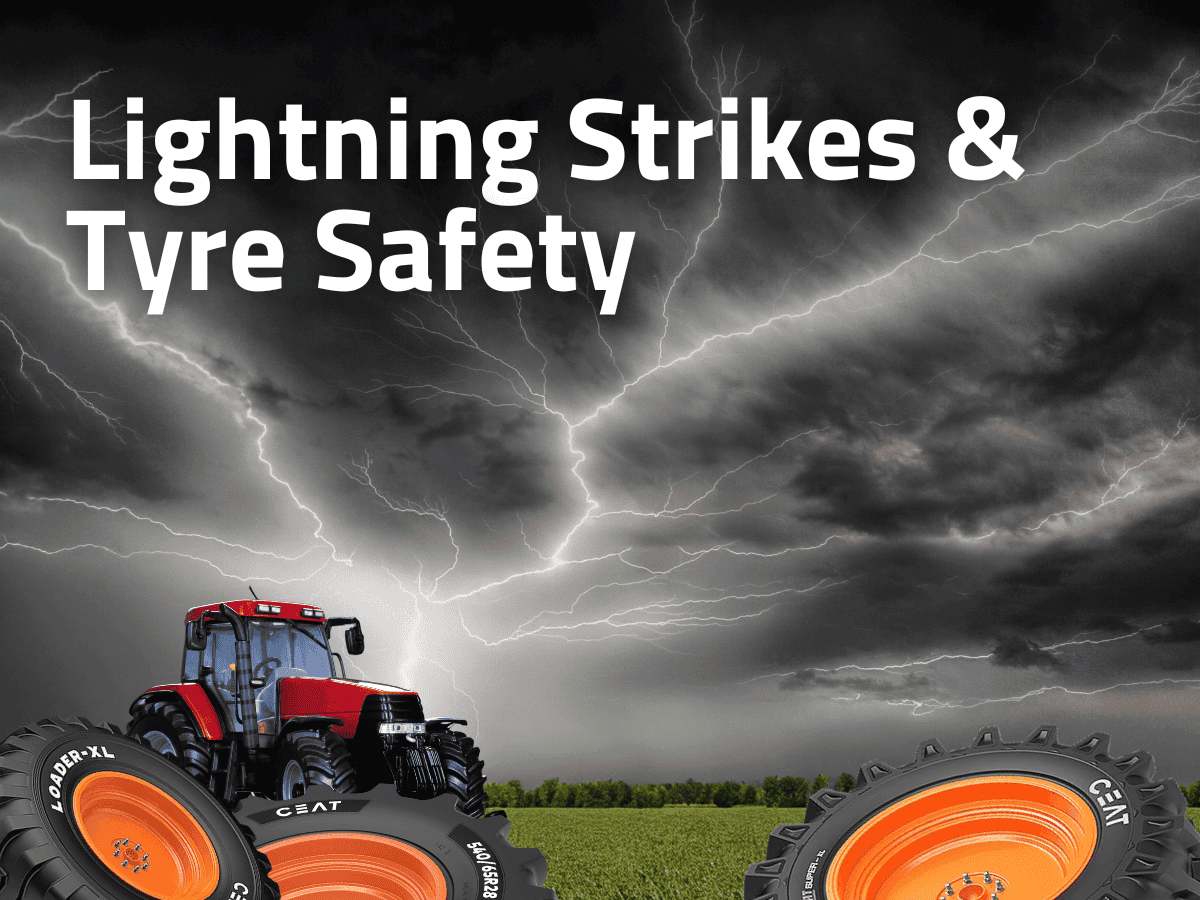tyre care
What do farmers need to know about tractor tyre sizes?
Wed, 11 May 2022 | tyre care
When looking for a set of new tractor tyres – often done nowadays by searching the internet for ‘tractor tyres for sale’ or ‘tractor tyres near me’, or more traditionally by looking through tractor tyres’ price lists – knowledge of the coding that sets apart different sizes and types is essential to ensure you obtain the tractor tyres that put your machine’s power to the ground most effectively.
Many farmers understand the basic coding of tractor tyre sizes, in terms of section width, profile and rim size, but across the agricultural industry and beyond there is equally some confusion surrounding the figures that denote the different sizes and profiles of tractor tyres. So what factors should buyers bear in mind when selecting new tractor tyres?
The first thing to note is that, for international and historical reasons, tyre sizes – and not just those for tractor tyres – are denoted in a mix of metric and imperial units. Arguably the most obvious figure of which to be aware when purchasing new tractor tyres is the rim size – the diameter of the ‘hole in the middle. This is measured in inches, and denoted by an R number, such as R38, being the last of the figures in the tractor tyre coding.
Rim size
Many common mid-horsepower tractors are equipped with 34in or 38in wheel rims on the rear axle, for example, but this can rise to 42in or 46in for larger high-horsepower machines, with perhaps 34in rims on the front axle. Tractors are designed with transmissions that have gearing which matches particular wheel rim diameters on both front and rear axles, to ensure that the tractor’s speed and torque are transferred to the ground in a measured and specified way. It is only possible to change to a tyre with a larger or smaller rim size by changing the tractor’s wheels, and this can only be done if it is possible to do so according to the tractor’s manufacturer and supplying dealer.
For example, it may be possible on some tractors to swap from 34in wheels at the rear to 38in ones, and therefore from 34in to 38in tractor tyres, which will put more tread in contact with the ground. However, if the tractor is a 4wd model with driven front axle, it may also be necessary to change the front wheel rim sizes in proportion, to ensuring the correct drive ratio between front and rear wheels. It is also important to ensure larger wheels and tyres can be accommodated beneath the tractor’s mudguards.
Section width
Rather than changing wheel sizes, there is a simpler way of getting more tyre on the ground and thereby boosting traction and flotation. The first figure in a tyre’s coding describes the cross-section width in millimetres, and depending on whether total tractor width is a critical issue – for example whether the machine must sometimes manoeuvre through tight livestock yard passageways –tractor tyres of a wider section width may be fitted in order to enhance flotation and traction. Consult with your tractor tyre dealer to ensure they are compatible with the rim width of your tractor’s wheels. CEAT Torquemax and Farmax tyres are available to fit a wide range of rim sizes, and in a wide range of section widths.
Profile
The second figure in tyre coding denotes the profile, or the height of the sidewall – from the bead to the point where the tread begins – as a percentage of the section width. A 650/65 R38 size, a typical rear tractor tyre on commonplace 80-120hp tractors, and available in a range of CEAT Specialty tractor tyres including CEAT Torquemax and CEAT Farmax, has a width of 65% of 650mm, or 422.5mm. A lower profile tractor tyre will put more trade in contact with the ground.
This guidance should help your decision-making next time you need new tractor tyres and start studying tractor tyres price lists or searching the web for ‘tractor tyres for sale’ or tractor tyres near me’.

